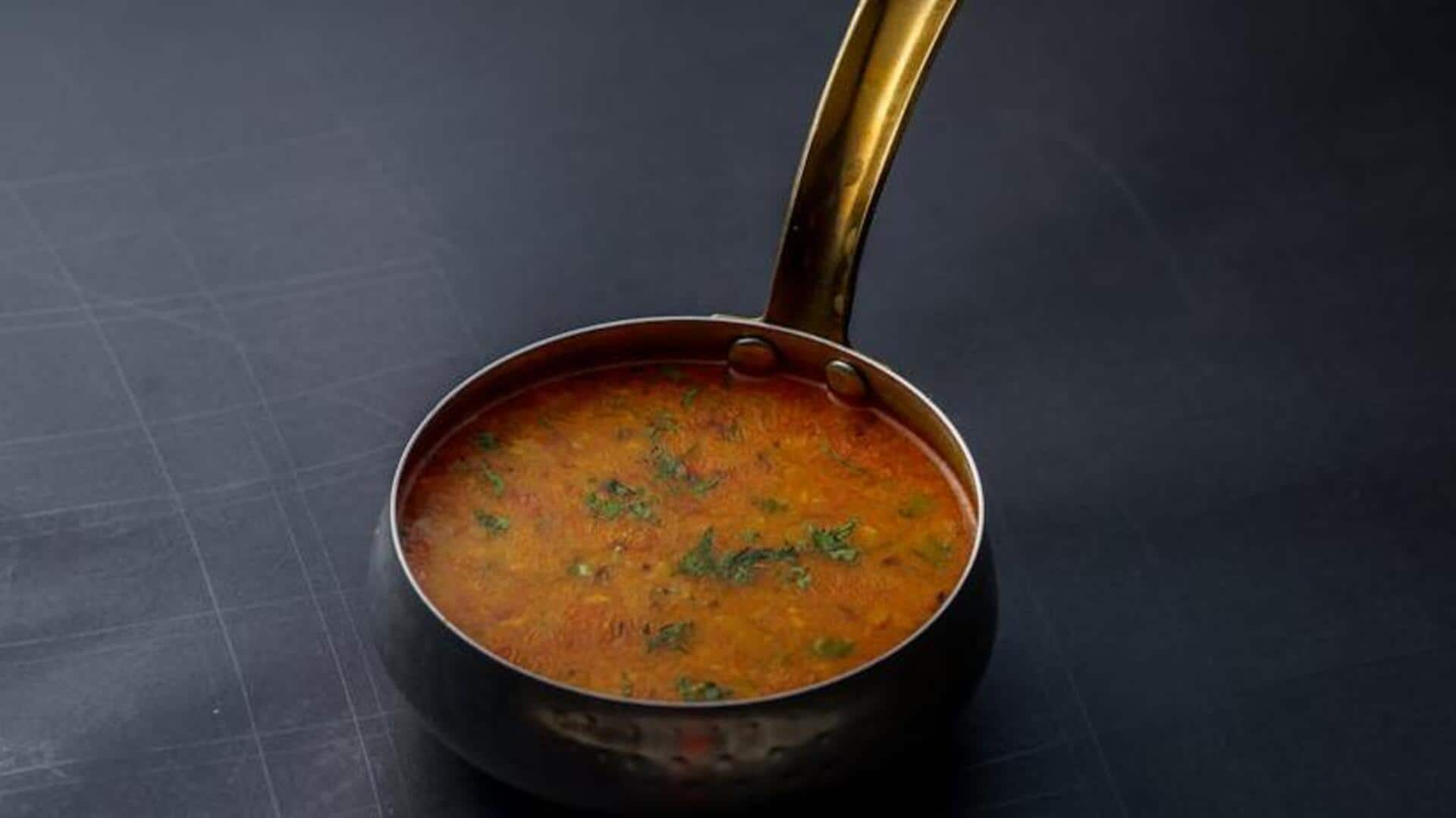
Evolution of dal: From ancient India to modern tables
What's the story
Dal, a staple in Indian cuisine, has a long, rich history. How long, you ask? Well, it was first mentioned in ancient texts. Hailing from the Indian subcontinent, it has been an integral part of diets for centuries. The evolution of the beloved dal showcases a journey from ancient agricultural practices to modern culinary techniques. From a simple lentil dish, dal evolved into regional variations savored across the globe today.
Early origins
Ancient roots of dal
Dal's story starts from ancient India, where lentils were one of the first crops grown. Archaeological studies indicate lentils were eaten as far back as 2,000 BCE. Back then, dal was cooked using rudimentary techniques of boiling and seasoning with spices handy. Such simplicity made it a staple food throughout different regions.
Diverse flavors
Regional variations emerge
As trade routes expanded and cultural exchanges took place, dal started getting regional twists. Each region created its own rendition by adding local ingredients and spices. For example, South Indian sambar uses tamarind for tanginess, while North Indian dals are often enriched with cream or butter.
Contemporary twists
Modern adaptations of dal
In modern kitchens across the globe, dal continues to evolve with new adaptations catering to diverse tastes and dietary preferences. Chefs experiment by adding vegetables or using alternative pulses like chickpeas or mung beans instead of traditional lentils. These innovations keep dal relevant on contemporary tables without losing its essence.
Health benefits
Nutritional significance today
Today's health-conscious era has brought dal's protein-rich composition into the limelight, making it the ideal food for vegetarians and vegans alike. It gives our bodies all the necessary amino acids, besides fiber, which helps in digestion. This makes it not just tasty but also healthy when consumed regularly as part of one's diet plan. It guarantees a balanced nutrition intake daily.